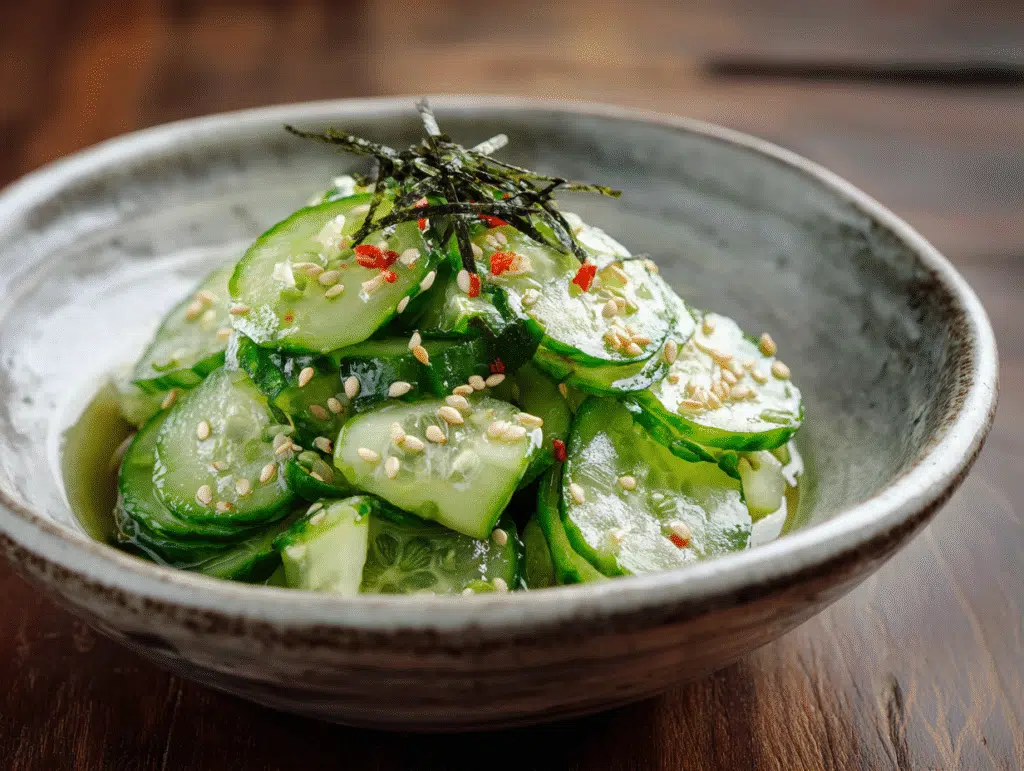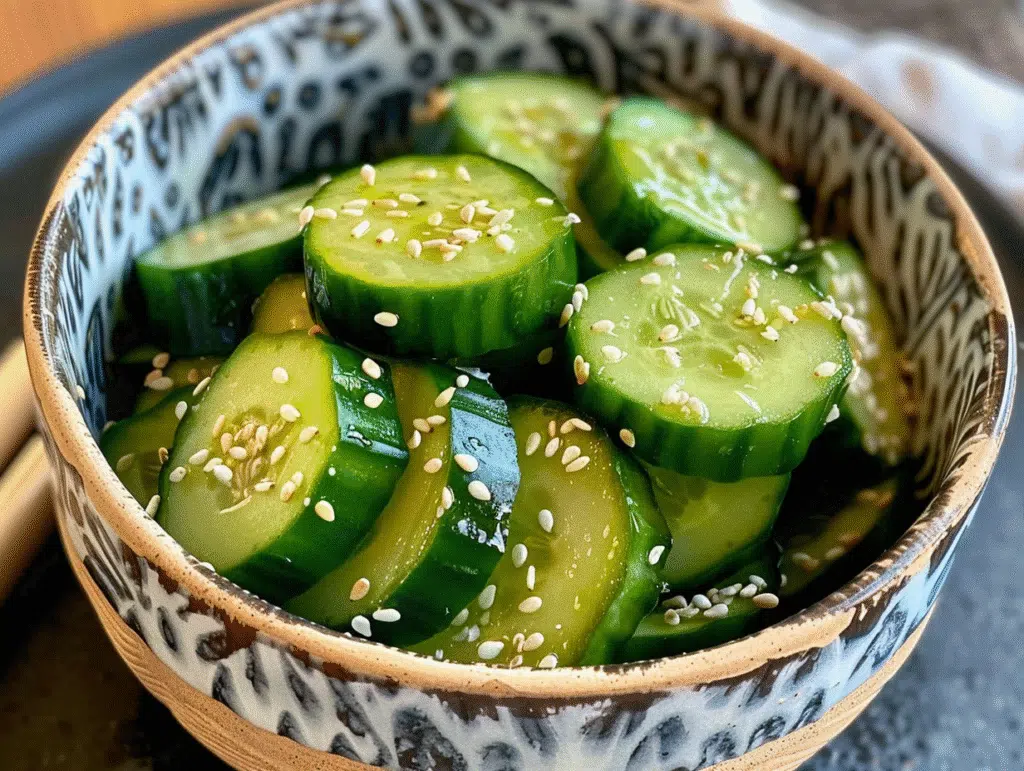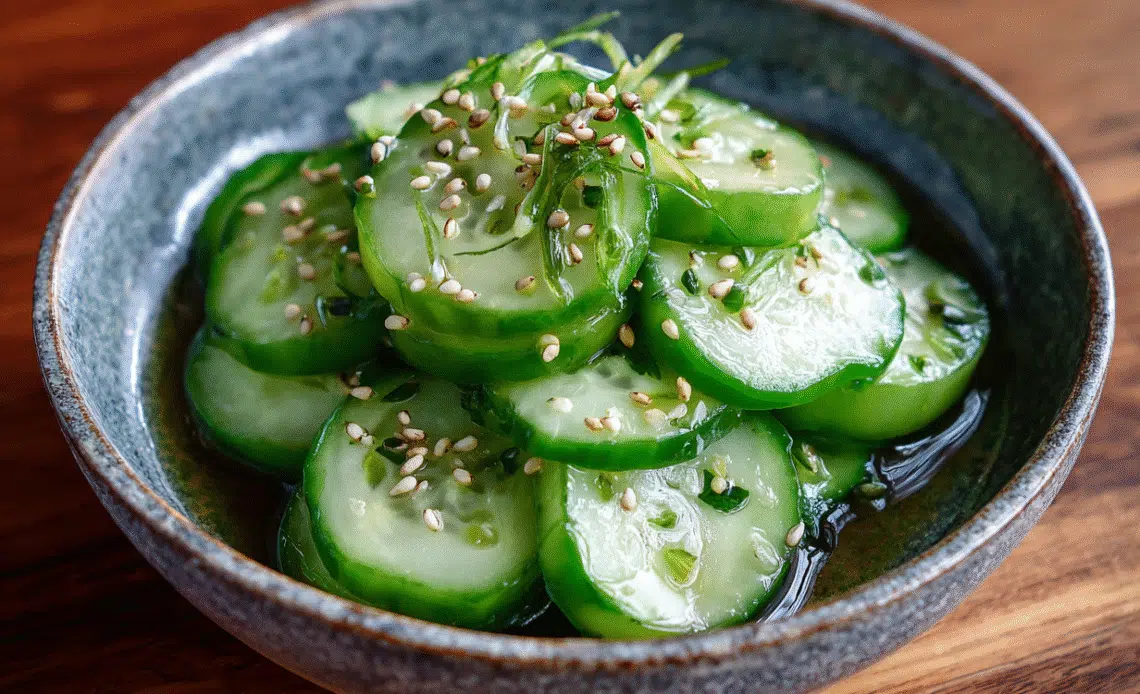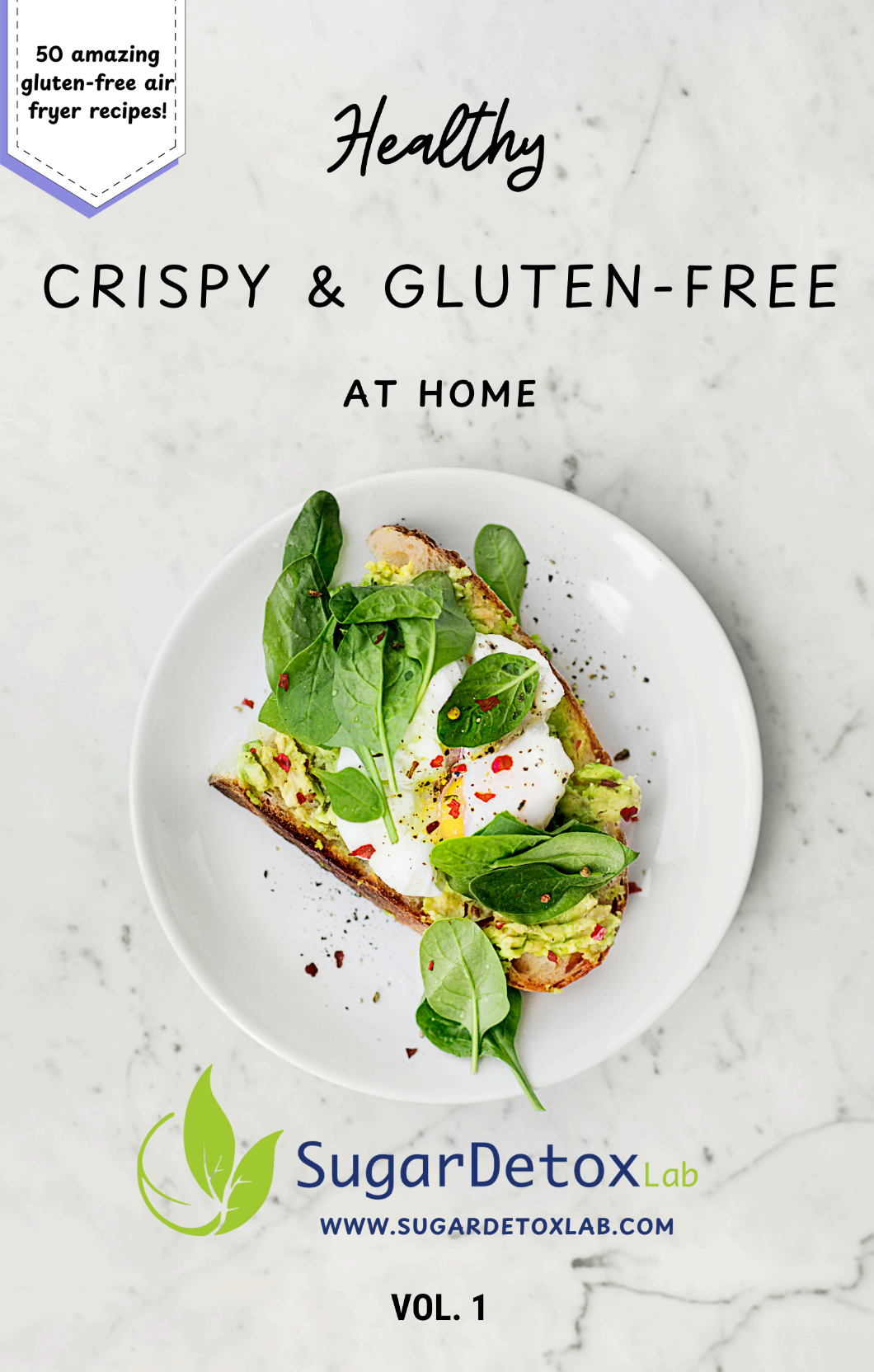Sunomono The Japanese Cucumber Salad is a classic, light, and refreshing dish that perfectly illustrates how simplicity can deliver both flavor and nourishment. When you’re committed to a sugar detox, every meal and every side dish becomes an opportunity to support your body with intention. It’s not only about avoiding obvious sweets but also about exploring flavors that satisfy without added sugars. Condiments and sides can often be the most challenging part of a meal, hiding processed ingredients and hidden sugars that disrupt progress. This is where the brilliance of traditional cuisines shines, offering vibrant, wholesome solutions. With just a few high-quality ingredients, Sunomono becomes a hydrating, flavorful, and sugar-free side dish that aligns beautifully with your wellness goals.
What Is Sunomono The Japanese Cucumber Salad and Why It Matters?
Sunomono, which translates to “vinegared things,” is a category of Japanese dishes that are lightly pickled or marinated in a sweetened vinegar dressing. The traditional version is a staple in Japanese meals, served as a palate cleanser or a side dish. However, the classic dressing almost always includes sugar, and sometimes even mirin (a sweet rice wine), to balance the sharp acidity of the rice vinegar. While the amount per serving is small, for those strictly monitoring their sugar intake, even this can be a concern.
Our version of Sunomono The Japanese Cucumber Salad is a mindful adaptation that preserves the spirit and refreshing quality of the original while making it truly sugar-free. We completely eliminate the refined sugar, relying instead on the natural sweetness of the highest-quality rice vinegar we can find and the subtle, nutty flavor of toasted sesame seeds. The result is a salad that is even brighter and cleaner tasting, allowing the crisp, fresh flavor of the cucumber to truly be the star. This approach to Sunomono The Japanese Cucumber Salad provides that familiar, tangy, and refreshing experience but in a format that is 100% supportive of a sugar-detox lifestyle.

Unpacking the Health Benefits
This salad is a testament to the idea that the simplest foods are often the most powerful. Each component contributes to your health in a direct and meaningful way.
- Cucumbers: The foundation of the salad, cucumbers are over 95% water, making them incredibly hydrating and low in calories. This high water content helps with satiety and supports the body’s natural detoxification processes. They are also a good source of dietary fiber (especially if you leave the skin on), which aids digestion, and they provide valuable antioxidants and vitamins like Vitamin K.
- Rice Vinegar: The key ingredient in the dressing, rice vinegar is milder and slightly sweeter than many other vinegars. The acetic acid in vinegar has been studied for its potential to help moderate blood sugar levels after a meal. It can improve glycemic index by slowing the digestion of carbohydrates, making it a valuable tool for blood sugar management.
- Toasted Sesame Seeds: These are more than just a garnish. Sesame seeds are a fantastic source of healthy fats, protein, and important minerals like calcium, magnesium, and zinc. The healthy fats aid in the absorption of fat-soluble vitamins and contribute to a feeling of fullness, preventing overeating. Toasting them unlocks their rich, nutty flavor and makes their nutrients more bioavailable.
- Salt: A small amount of salt is crucial here, and not just for flavor. It helps to draw moisture out of the cucumbers through osmosis, a process that slightly wilts them, giving them the perfect crisp-yet-tender texture characteristic of sunomono.
This combination creates a side dish that is hydrating, supportive of digestive health, and beneficial for blood sugar balance—a perfect complement to any meal.
Navigating Potential Challenges
- Avoiding Sogginess: The only potential pitfall in making sunomono is ending up with a watery, diluted salad. The solution is simple: after salting the cucumbers, you must drain the excess liquid they release. This step is non-negotiable and ensures your dressing remains potent and your cucumbers stay crisp.
- Ingredient Quality: Since this recipe has so few ingredients, their quality is paramount. Using a good-quality, unseasoned rice vinegar is essential. Seasoned rice vinegar already has sugar and salt added, which would defeat the purpose of this sugar-free version. For the best texture and flavor, choose fresh, firm English or Persian cucumbers, which have thinner skins and smaller seeds.
- Balancing Flavors: Without sugar, the dressing will be tangier. Taste it before pouring it over the cucumbers. If the acidity is too sharp for your palate, you can add a tiny pinch of a natural sugar-free sweetener like monk fruit or stevia, but we encourage you to try it without first—the toasted sesame seeds provide a wonderful balancing richness.

Tips and Trends for Healthy Home Cooking
The movement towards “zero-waste cooking” and using whole ingredients is perfectly exemplified here. This recipe uses the entire cucumber, and the salting technique is an age-old method for improving texture. AI-powered recipe apps can help you easily integrate a side dish like this into your weekly meal plan, suggesting it as a pairing for richer main courses to create a balanced plate. The growing popularity of Japanese cuisine for its health-conscious and umami-rich principles means ingredients like quality rice vinegar are becoming pantry staples for home cooks focused on wellness.
Frequently Asked Questions
Question: Can I use a different type of vinegar if I don’t have rice vinegar?
Answer: Rice vinegar is preferred for its mildness. Apple cider vinegar can be used as a substitute, but it has a stronger, fruitier flavor that will alter the classic taste of the salad. Start with a smaller amount and adjust to your taste. Avoid harsh vinegars like distilled white vinegar.
Question: Is this Sunomono salad considered keto-friendly?
Answer: Absolutely. This recipe contains negligible net carbohydrates, making it an excellent choice for a ketogenic diet. It is also naturally gluten-free and vegan.
Question: Why did my salad become so watery after I stored it in the fridge?
Answer: Cucumbers have a very high water content, and salting only removes a portion of it. They will continue to release water over time, especially when in contact with salt and acid. This is why the salad is best enjoyed shortly after preparation. If you do have leftovers, you can drain off the excess liquid before serving again.
Question: I can’t have salt. Can I make this without it?
Answer: The salt serves two purposes: flavor and drawing out moisture. If you omit it, the salad will be much crunchier and more watery, and the flavor of the dressing will be very one-dimensional. You could try using a very small amount of a salt-free seasoning blend, but the texture will not be the same.
Conclusion
This sugar-free Sunomono The Japanese Cucumber Salad is more than just a side dish; it’s a refreshing interlude, a crisp counterpoint to richer foods, and a brilliant example of how simple, clean eating can be utterly delicious. It’s a testament to the power of vinegar and texture, proving that you don’t need sugar to create a dish that is balanced, flavorful, and deeply satisfying. It’s the perfect way to add a burst of hydration and probiotics to any meal.
We hope this recipe becomes a staple in your kitchen. It’s incredibly easy to prepare and is a guaranteed way to elevate your everyday meals into something special. Enjoy the crisp, clean flavors and the feeling of nourishing your body well. We’d love to hear how you like it! For more recipes that support your sugar-free lifestyle, continue exploring sugardetoxlab.com.







